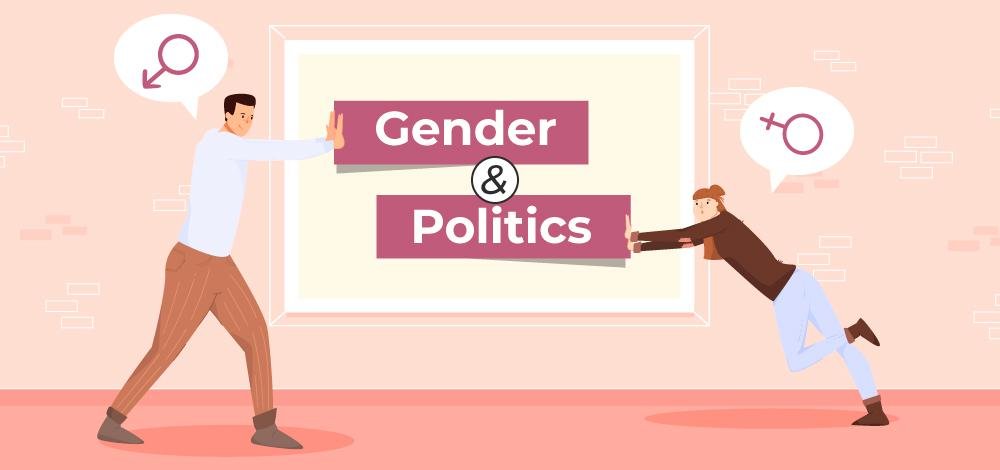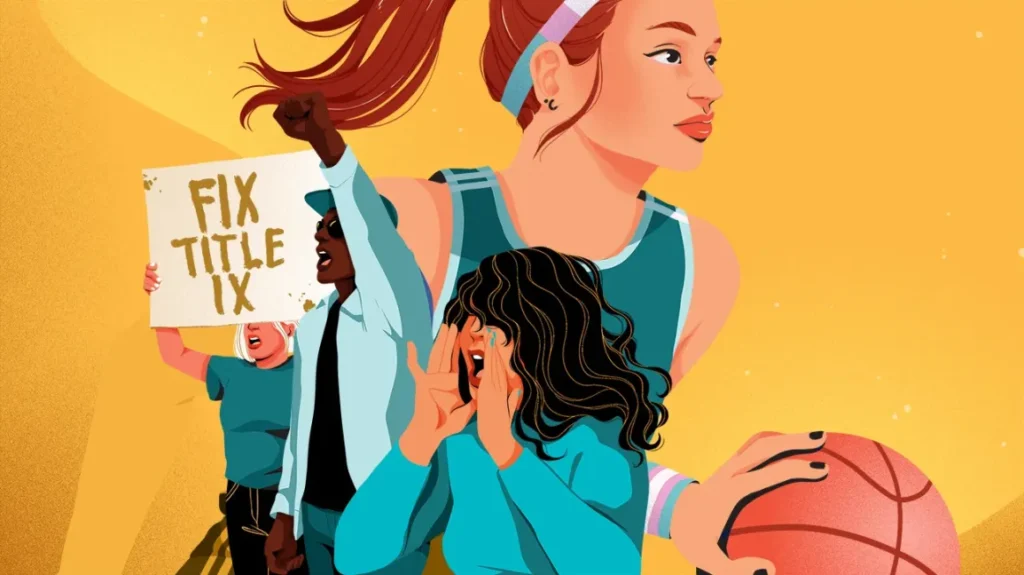Gender and politics
This topic explores the intersection of gender and politics, including issues such as representation, sexual harassment, and assault in politics, and the impact of gender on policy decisions.
Gender and politics have long been intertwined, with gender playing a significant role in the representation and experiences of individuals in politics.

In this essay, we will explore the intersection of gender and politics, including issues such as representation, sexual harassment, and assault in politics, and the impact of gender on policy decisions.
Representation is a key issue in the intersection of gender and politics. Women remain underrepresented in politics, with men holding the majority of elected positions at all levels of government.
This lack of representation can significantly impact policymaking, potentially overlooking or underprioritizing policies that affect women. Additionally, women’s perspectives and experiences may not be fully integrated into policy decisions. Resulting in policies that inadequately address their needs.
Sexual harassment and assault in politics are also significant issues that intersect with gender. Women in politics are particularly vulnerable to sexual harassment and assault. As they may be subject to harassment and intimidation from colleagues or superiors.
This can have a chilling effect on women’s participation in politics. The risk of harassment or assault may deter women from seeking elected office or pursuing careers in politics.
The impact of gender on policy decisions is another important issue in the intersection of gender and politics. Gender influences policy decisions by shaping policymakers’ priorities, resource allocation, and policy implementation.
Gender-based violence, reproductive rights, and gender pay gaps frame critical issues through a gender lens, profoundly influencing policy.
In recent years, there have been some gains in addressing the issues related to gender and politics. For example, women have made significant strides in running for elected office and holding political positions.
Women’s rights issues are increasingly prominent in political discourse. With policymakers recognizing the importance of addressing gender-based violence, reproductive rights, and gender pay gaps.
However, there is still much work to be done to ensure that gender is fully considered in politics. Women’s underrepresentation in politics remains a significant issue, with ongoing obstacles in their career pursuits.
Sexual harassment and assault remain serious issues in politics, requiring more efforts to ensure safe and inclusive environments for women.
There are a number of potential solutions to the issues related to gender and politics. One approach is to increase the representation of women in politics.
This could involve implementing affirmative action policies and providing support and resources to women interested in pursuing political careers. Another approach is to address the issue of sexual harassment and assault in politics.
This could include implementing clear policies and procedures to address harassment and assault. Training staff and officials on prevention and response, and ensuring support for victims.
Conclusion
Gender and politics intertwine with significant implications for representation, sexual harassment, assault, also policy decisions. We have made progress, but fully integrating gender considerations into politics requires more work.
Increasing women’s representation, addressing harassment, and considering gender in policies create a more equitable political system. 카지노사이트


